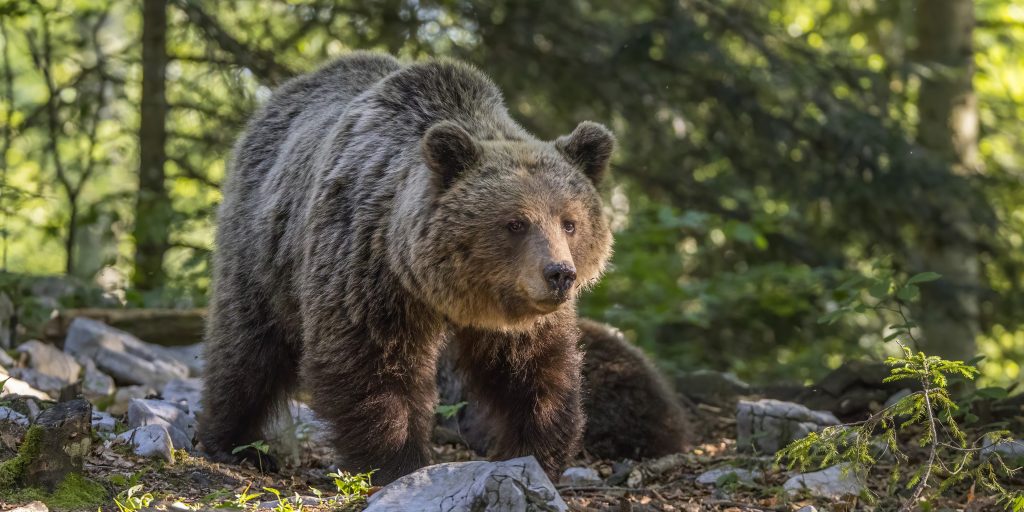Climate Change Affects Animal Evolution
Others are reading now
Over time, animals have evolved in response to their environments. This includes changes in size to adapt to different conditions.
For example, Karl Christian Bergmann, a German biologist, found in 1847 that animals in cold climates tend to be larger to conserve heat, writes WP.
This principle, known as Bergmann’s Rule, suggests that bigger animals can survive in cold climates better than smaller ones.
Later, Edward Drinker Cope, an American scientist, noticed that over time, many species grow larger. He called this Cope’s Rule.
Also read
However, recent studies challenge this idea and suggest that animals can also shrink in size under certain conditions.
Researchers from the University of Reading in the UK introduced new findings. They argue that in some environments, animals may reduce in size due to factors like climate change or ecological instability.
They identified three patterns of evolution. The first is similar to Cope’s Rule, where animals grow larger in stable environments.
The second shows that large animals shrink when faced with ecological challenges. The third pattern involves competition for resources, leading to smaller animals thriving over time.
This shrinkage of animals, called “inverse Cope’s rule,” happens when environmental conditions become unstable.
Shovonlal Roy, the lead researcher, explained that climate change and habitat loss are major factors causing animals to shrink.
For example, polar bears, whose habitats are shrinking due to melting ice, are becoming smaller in size.
In some cases, the loss of large animals leads to smaller species filling their ecological niches, and those smaller species can evolve to become larger once again.
The study points out that size reduction isn’t just a result of competition. Climate change and habitat destruction are key drivers.
The researchers also looked at historical examples, such as the Alaskan horses of the Pleistocene, which became smaller before eventually going extinct.
Understanding how size changes in animals can help us better understand their evolutionary history.
It also highlights the role of environmental stability in shaping animal evolution.


